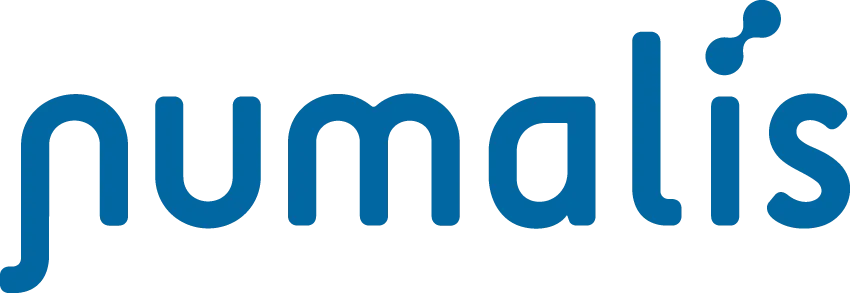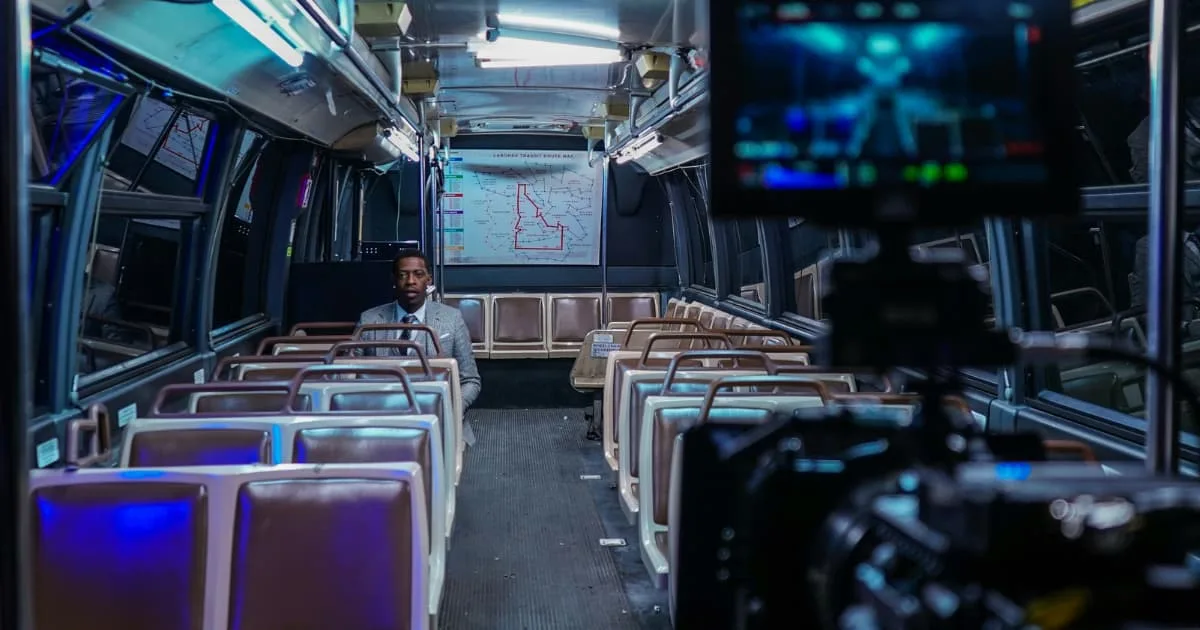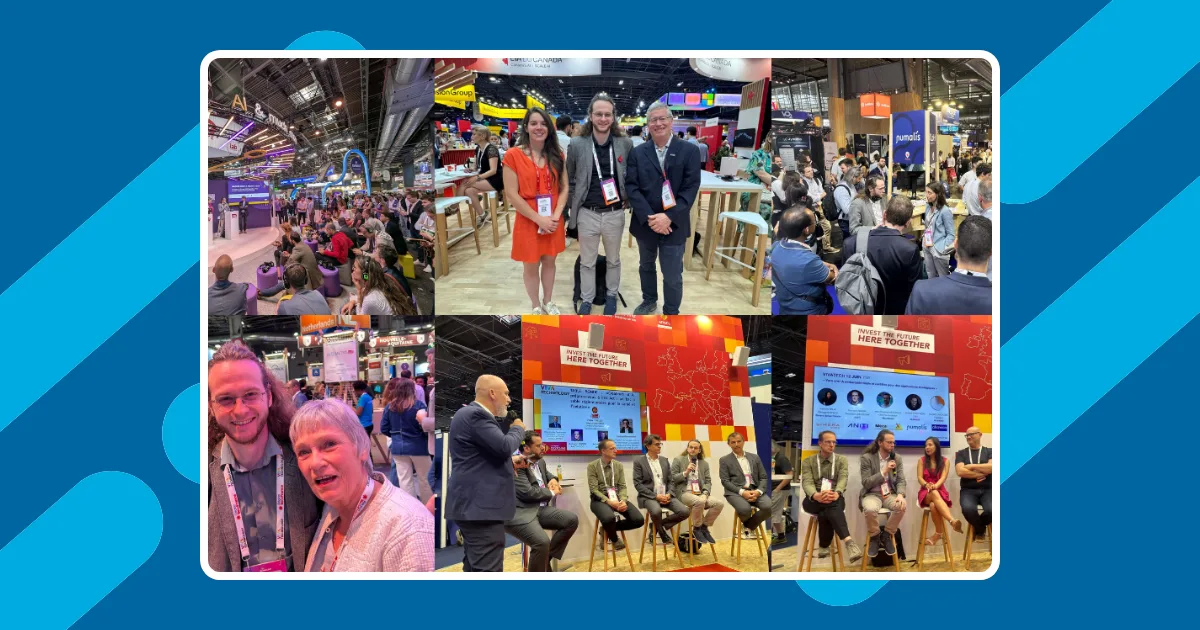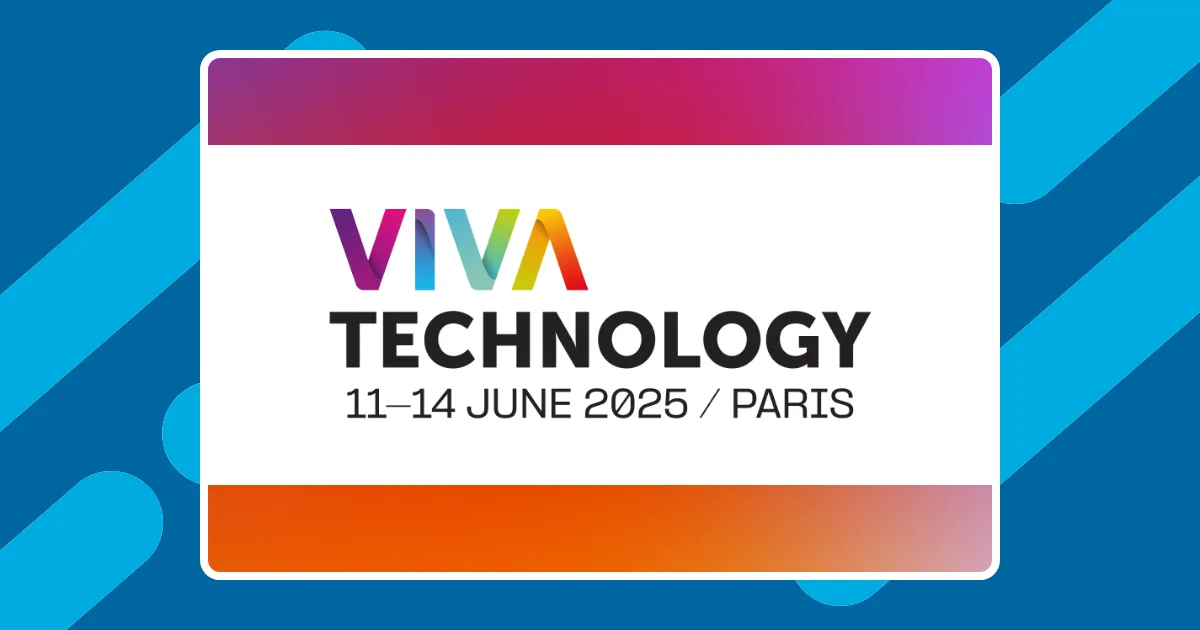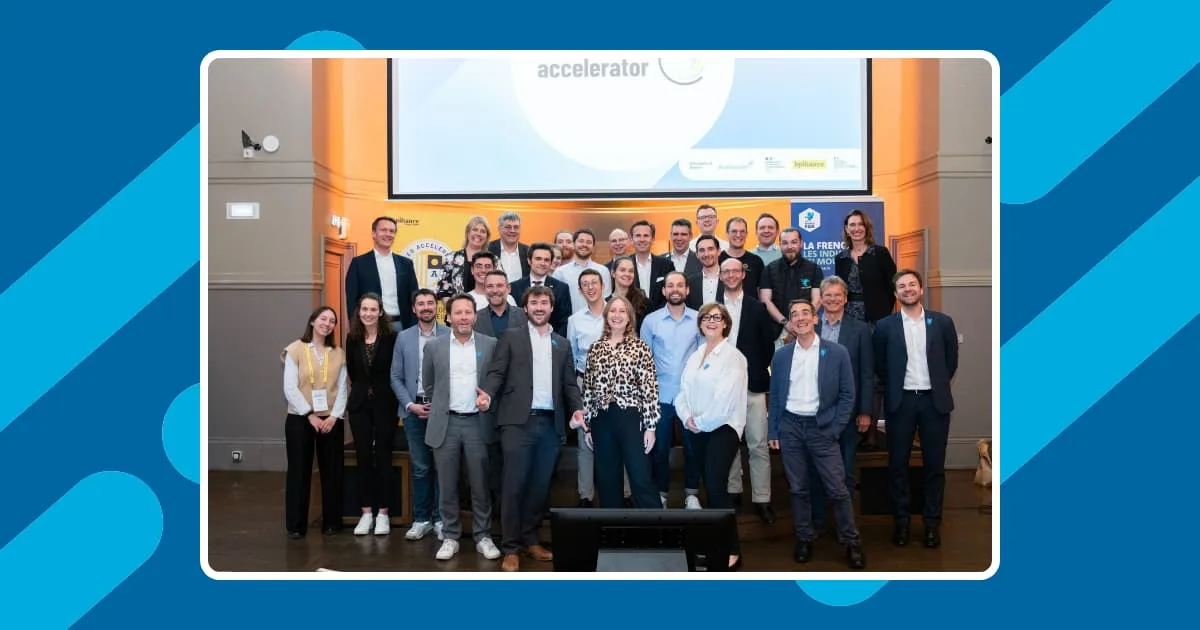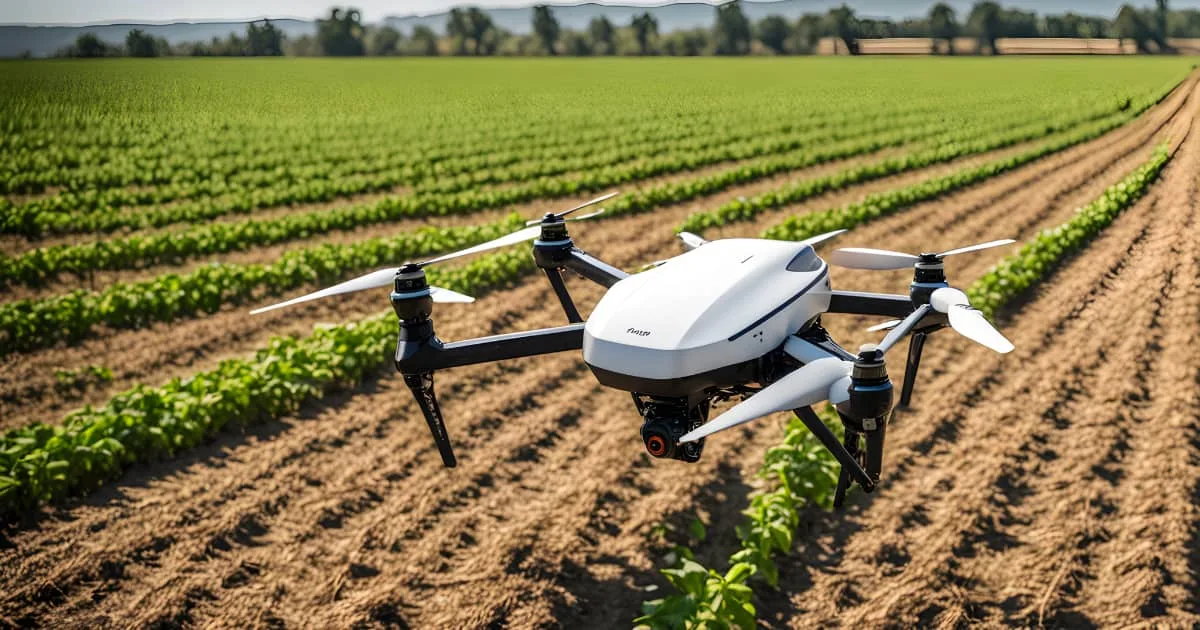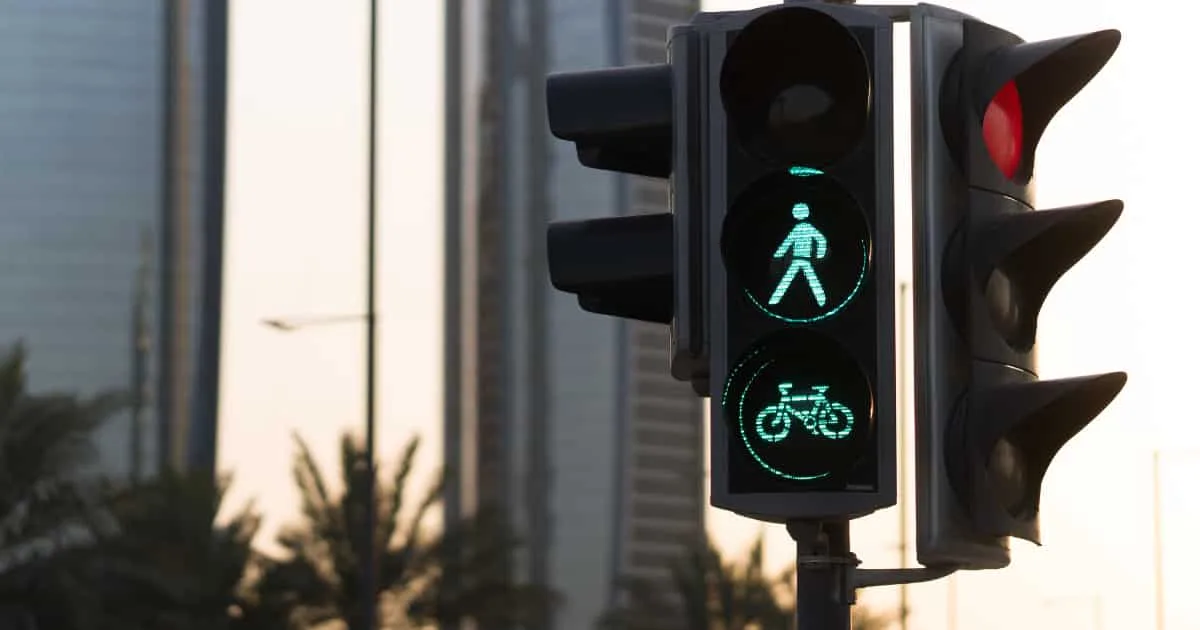Visual effects(VFX) comprise many digital techniques, transforming imaginative concepts into captivating visuals. These techniques enable the film and entertainment industry to create special effects that would otherwise be expensive, dangerous, or impossible to capture through physical means alone. The VFX market size was valued at $10 billion in 20231.
Artificial intelligence(AI) in the film and cinema industry is no longer a buzzword but is impacting entire workflows and processes. The impact is so significant that in 2023, Hollywood experienced disruptive strikes due to the union strike, with the use of AI being a thorny issue2.
AI in VFX market is set to grow 25% yearly between 2023 and 2030 and hit $712 million by 20303. It’s opening up new automation possibilities for studios and animators, streamlining processes, and augmenting creativity.
Applications of AI in VFX
AI’s influence in film and cinema production spans multiple workflows and processes. Here are five applications of AI in visual effects.
Autonomous rotoscoping
Rotoscoping is a fundamental part of VFX and animation. It involves creating realistic animation by tracing objects frame by frame over motion picture footage. Despite being essential to film and cinema post-production, traditional rotoscoping has limited flexibility. It’s typically tedious, repetitive, time-consuming, and dreaded by many VFX artists.
AI rotoscoping leverages ML and advanced neural networks to automate the process of generating matte images or masks that isolate individual objects in video footage. AI analyzes large datasets of annotated video footage to recognize and segment elements based on their characteristics, such as motion, color, and texture4.
Here are some of the tasks AI rotoscoping solutions can do:
- Understand object boundaries in videos through object detection algorithms and create matte images or masks that isolate objects on a scene.
- Integrate into VFX software for easy import and export of assets to streamline workflows.
- Accurately capture object motion across frames by leveraging computer vision, object segmentation techniques, and advanced motion-tracking algorithms. This boosts accuracy and consistency while reducing the need for reworks.
The team that made “The Mandalorian” used AI-powered rotoscoping throughout the film. The solution could also handle complex characters and scenes with multiple objects. As such, the team reduced the time needed for rotoscoping by 90%, allowing the team to focus on more creative tasks5.
Realistic facial animation
Creating realistic facial expressions for computer-generated characters has long been a challenge. Traditional techniques for animating facial expressions are labor-intensive, requiring the animator to manually track and manipulate expression frames. Additionally, capturing the nuances of human emotions through these methods can be difficult.
ML algorithms can analyze vast datasets of real human facial expressions and complex muscle movements that create emotions. The AI-based solution can then generate life-like facial movements and expressions. The resulting animations convey emotions accurately, adding depth to the characters.
To overcome the complexity of realistic facial animation, Disney continues to develop models leveraging neural network algorithms and other techniques to generate 3D faces. This approach allows the company to create new human faces with accompanying facial expressions. Apart from generating facial expressions, their solutions allow editing of expressions to fit specific frames6.
In the animated film Monsters University, Disney used AI to craft the facial animation of Sully. The AI-based solution analyzed the movement and expression of real actors and applied them to the digital character7.
AI-Powered crowd simulation
Using VFX, films can add individuals or a large group to a scene, such as a crowd in a football stadium or an army of zombies. Methods like crowd tiling and digital sprites bring this to reality. However, these methods are costly and consume a lot of time8.
The use of AI ensures that film studios can create complex crowds that are dynamic, realistic, and consistent with their environment. The virtual agents can bring dynamism and realism by simulating appearances and behaviors.
Crowd simulation softwares like Massive and Golaem use AI to populate shots with crowds. Massive uses AI to help VFX artists quickly build behavioral patterns for AI agents9.
Set Extension
Creating set extensions with VFX enhances film production by building complex landscapes, backgrounds, and environments. Creating these visuals would traditionally require location scouting, extensive greenscreen work, or building sets.
AI-driven tools can extend existing sets to generate realistic and seamless extensions of the original set. By analyzing large datasets of environments and landscapes, ML algorithms can generate realistic backgrounds and associated elements from existing footage.
Nvidia’s neural network engine(NeRF) takes in a 2D image and renders a complete 3D scene10. Additionally, the engine can intelligently fill in missing or obscured parts of a scene11.
Accelerating VFX production
Crafty Ape co-founder Chris LeDoux affirms that AI tools drastically accelerate workflows when integrated into the VFX pipeline12. The company has leveraged ML models for tasks like rotoscoping, facial manipulation, and deepfake creation.
AI-based rendering engines simplify VFX projects, enabling teams to produce high-quality films while avoiding the expensive, time-consuming traditional workflows. This allows filmmakers to meet tight deadlines, frees them for more engaging processes, and allows them to respond quickly to market demands.
In making “Avengers: Infinity Wars,” Digital Domain trained an ML model using facial capture training data. The AI-powered VFX studio then transformed the leading actor’s face into Thanos. Darren Hendler, the Head of Digital Human, admitted to the impact of AI in speeding up the VFX pipeline while improving production quality13.
Pros and cons of AI in VFX
AI in VFX offers multiple benefits to the film and cinema industry. We highlight some of these advantages and drawbacks of using AI in this space.
Benefits of AI in VFX
Automating repetitive tasks: VFX is famous for the tedious and repetitive nature of some of its processes, like rotoscoping and tracking. Automating these tasks frees up VFX artists for more creative and challenging aspects of VFX work, increasing productivity.
Enhanced VFX quality: AI leverages large datasets to identify intricate patterns, simulate environments, and generate new objects. AI-driven VFX solutions can optimize processes like compositing and lighting, making films more realistic and immersive. Additionally, AI can handle and improve the quality of complex simulations based on physics, such as fluid dynamics.
Democratization of VFX: Small studios and individual artists can now leverage AI to create high-quality productions. Previously, this was out of reach for many due to budget and time constraints.
Enhanced production efficiency: A great example is AI-powered crowd simulation solutions that cut the time required to populate shots to hours instead of weeks. Artists can introduce a variety of crowds or swarms for more realistic shots. The solutions also help teams avoid mundane tasks associated with traditional crowd simulation techniques, saving time and money.
Additionally, the use of AI can help reduce the time required for labor-intensive tasks like rotoscoping. Using a deep learning model, a company in Australia can process a frame in 5 to 10 seconds14.
Cost-effectiveness: AI-driven VFX solutions can significantly cut production costs and resources. For instance, AI crowd simulations enable movie studios and filmmakers to generate realistic, immersive experiences without complex logistics or expensive extras.
Challenges
Job displacement: AI is driving changes in film production, and job losses are a major concern. The Hollywood strike in 2023 highlighted these fears, with AI-powered softwares eliminating the need for some roles. For instance, AI-powered crowd simulation softwares reduces the need for human input, such as multiple extras. However, it also needs to be put into perspective in terms of job creation.
Additionally, studios that fail to adopt AI solutions may collapse altogether. Companies that cannot afford to implement AI will lose out as customers look for faster and cheaper AI-driven solutions. With further research and development, other companies are looking towards further innovation, giving them a competitive advantage that may put other studios out of business.
Data quality: Preparing quality and comprehensive datasets for model training can be challenging and time-consuming. For instance, models built with poor data can output distorted characters or unrealistic simulations. Additionally, biased data can perpetuate stereotypes by generating inaccurate output.
Handling complexity: AI solutions may struggle to handle tasks with intricate details or non-linear events. For instance, scenes with overlapping objects and intricate patterns may be too complex for AI rotoscoping solutions.
Conclusion and the road ahead
From cutting the time needed for rotoscoping to extending sets, AI is already at work in VFX production. Its adoption is expected to continue unabated, optimizing workflows and opening opportunities for VFX studios.
In addition to what AI offers, industry innovators are already experimenting with next-generation AI-based tools that will disrupt the industry. For instance, work is already underway on using AI in real-time in filmmaking using rendering engines.
Advances in deep learning models will make it possible to simulate realistic hair and muscle movement. With multiple AI-powered tools for VFX in the pipeline, VFX artists must refocus and improve their skills.
- Visual Effects (VFX) Market Size, Statistics, Report 2024-32 ↩︎
- Actors union reaches deal with studios to end strike | AP News ↩︎
- AI in VFX Market – Forecast (2023-2030) ↩︎
- AI rotoscoping ↩︎
- Why Rotoscoping With AI Is Necessary | by Avais Gilani | Shade, Inc. | Medium ↩︎
- How Disney is Using Machine Learning For Realistic Animation ↩︎
- AI Tools for VFX | MOD VFX Blog ↩︎
- Crowds ↩︎
- Massive Simplifies AI-Crowd Simulation with New Parts :: Behance ↩︎
- Transform Images Into 3D Scenes With Instant NeRF | NVIDIA Blog ↩︎
- NeRF Will Change VFX Forever—And We’re Not Talking About the Foam Darts | No Film School ↩︎
- Rapid evolution at the intersection of AI and VFX ↩︎
- The New Artificial Intelligence Frontier of VFX ↩︎
- How AI is reinventing visual effects | Industry Trends | IBC ↩︎
